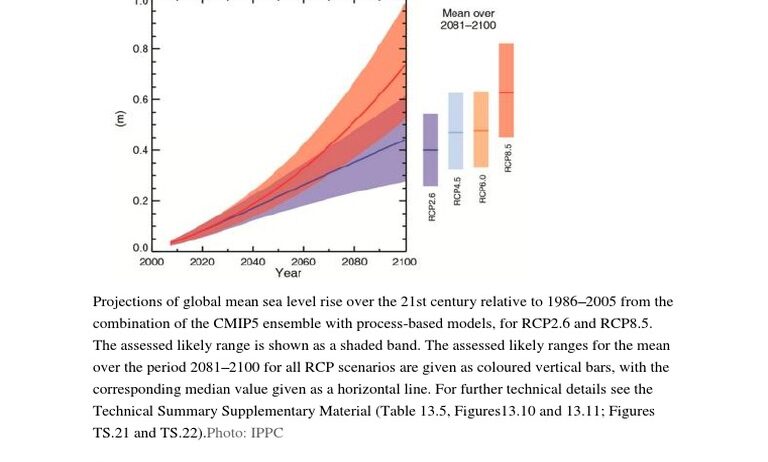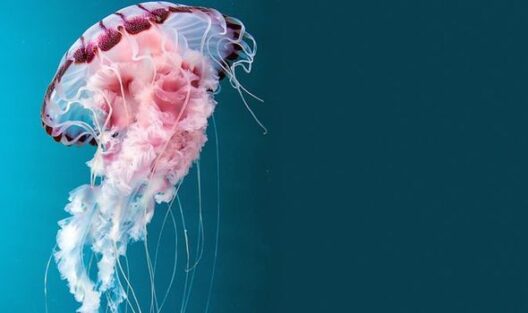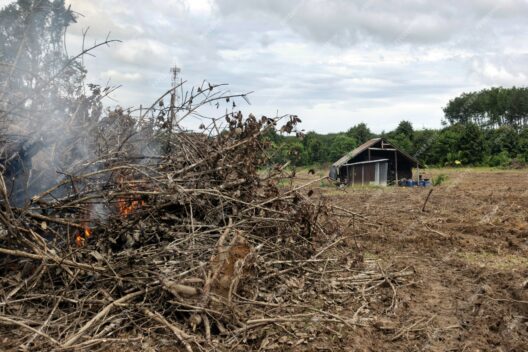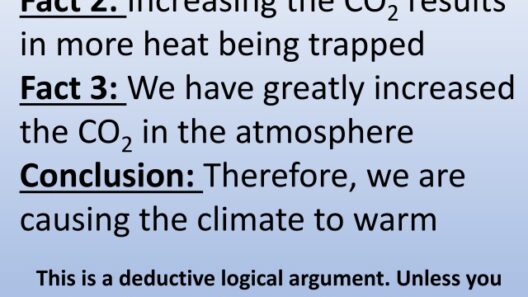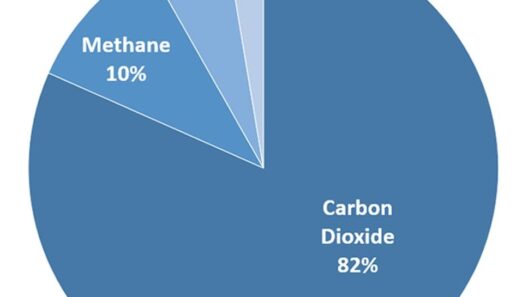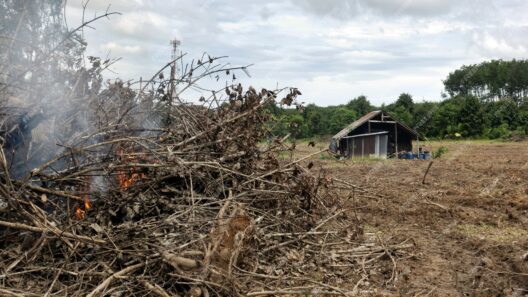Global warming has emerged as one of the most pressing challenges confronting our planet, significantly impacting the Arctic region. This remote area, characterized by its vast ice sheets, unique wildlife, and fragile ecosystems, serves not only as a sensitive barometer for climate change but also as a critical habitat for countless species. As temperatures rise, the consequences of melting ice and the resulting ecological ramifications become increasingly apparent.
The primary consequence of global warming in the Arctic is the alarming rate of ice melt. Sea ice cover has diminished drastically over the past few decades, with notable reductions occurring during summer months. The Arctic Ocean, once densely packed with ice, is now increasingly susceptible to open water. According to climatologists, September 2020 witnessed the second-lowest extent of sea ice on record. Scientists are concerned that this trend will continue, leading to irreversible changes in the region’s climate.
Melting ice caps and glaciers not only contribute to rising sea levels but also further exacerbate the warming of the Arctic. As ice disappears, it reveals darker ocean waters that absorb more sunlight. This phenomenon, known as the albedo effect, accelerates warming and creates a feedback loop. The continual loss of ice leads to more heat absorption, further melting ice and magnifying the effects of climate change across the globe.
The ramifications of this ice melt extend beyond mere temperature increases; they profoundly impact Arctic wildlife. Habitats that were once stable and predictable are now being altered at an unprecedented pace. Species such as polar bears, walruses, and seals are particularly vulnerable. The decline in sea ice directly affects their hunting grounds and breeding areas. For instance, polar bears rely on sea ice as a platform for hunting seals, their primary food source. As the ice diminishes, these apex predators are forced to swim greater distances, often leading to decreased survival rates.
In addition to polar bears, other species are experiencing similar threats. Walruses, for instance, use ice for resting and breeding. When ice floes are scarce, they gather in large groups on land, leading to overcrowding and increased mortality from stampedes or crush injuries. Moreover, the loss of ice opens up habitats to new predators and competitors, further jeopardizing the survival of indigenous species.
The interdependence of species within the Arctic ecosystem renders it particularly susceptible to the cascading effects of global warming. The loss of one species can disrupt the food chain, altering the dynamics of predator and prey relationships. This disruption is already being observed in the plummeting populations of Arctic seabirds and fish. Increased ocean temperatures have led to shifts in fish migration patterns, which impact local fishing communities that rely on these species for their livelihoods.
Moreover, melting permafrost represents another significant consequence of global warming in the Arctic. Permafrost, which has locked away organic matter for millennia, is beginning to thaw as temperatures rise. This thawing releases vast amounts of carbon dioxide and methane—greenhouse gases that further contribute to global warming. Thus, the Arctic region, once a carbon sink, risks becoming a carbon source, creating a perilous feedback loop that could exacerbate climate change on a planetary scale.
Climate change in the Arctic is not merely a local issue but has far-reaching implications for the rest of the world. The Arctic plays a vital role in regulating global weather patterns. Changes in sea ice coverage can influence the jet stream, which has been linked to extreme weather events, including hurricanes and heatwaves, across continents. The interconnectedness of our planet means that the health of the Arctic is intrinsically linked to the health of global systems.
Efforts to address the crisis facing the Arctic require a multifaceted approach. Conservation initiatives aimed at protecting endangered species and their habitats are crucial. Establishing marine protected areas and enforcing stricter fishing regulations can help support the resilience of local wildlife populations. Moreover, public awareness campaigns can educate communities about the importance of the Arctic and the urgent need to mitigate climate change.
International cooperation stands as a pivotal element in combating the effects of global warming in the Arctic. Countries must collaborate to develop policies that prioritize sustainability and emissions reductions. Agreements such as the Paris Agreement serve as critical frameworks for nations to set and achieve ambitious climate goals collectively.
Additionally, innovation and technology play essential roles in addressing these challenges. Advancements in renewable energy sources, such as wind and solar power, can significantly reduce dependence on fossil fuels, mitigating further climate change impacts. Investments in research and development will also be vital in finding effective strategies for carbon capture and storage, helping to stabilize atmospheric greenhouse gas concentrations.
In conclusion, the impacts of global warming on the Arctic are profound and multifaceted. As ice melts, wildlife faces unprecedented challenges, ecosystems become destabilized, and the planet’s climate is affected. Addressing these issues necessitates a collective effort involving conservation, international cooperation, public awareness, and innovative solutions. The future of the Arctic—and indeed, the health of our planet—depends on understanding these changes and taking decisive action.



